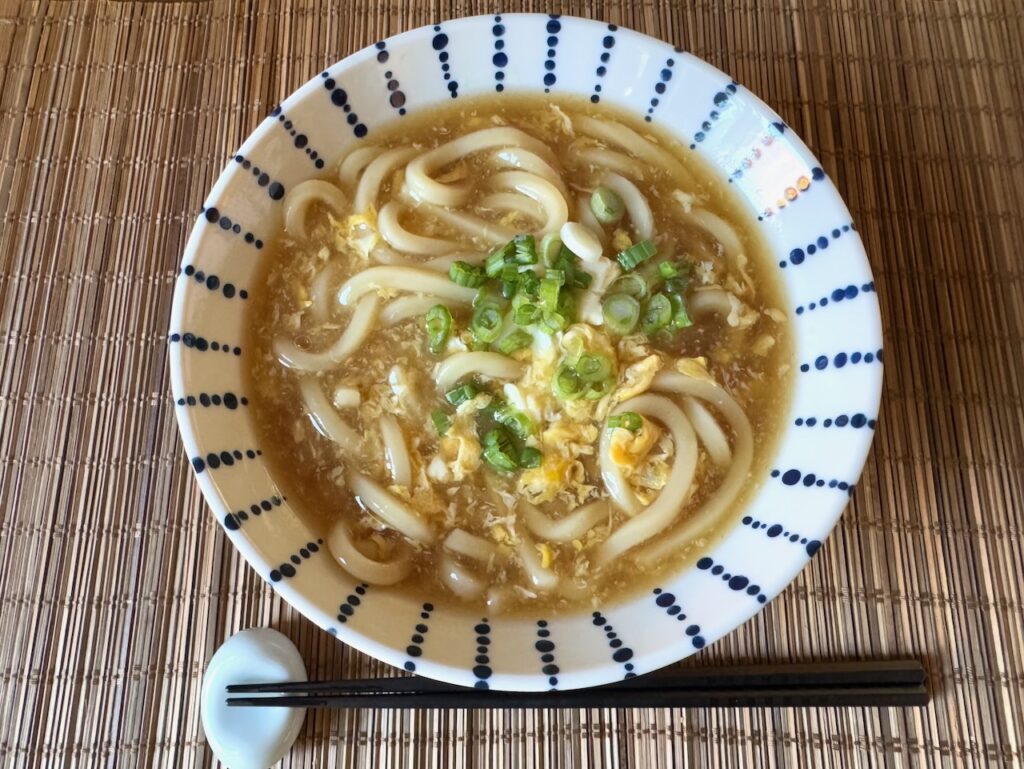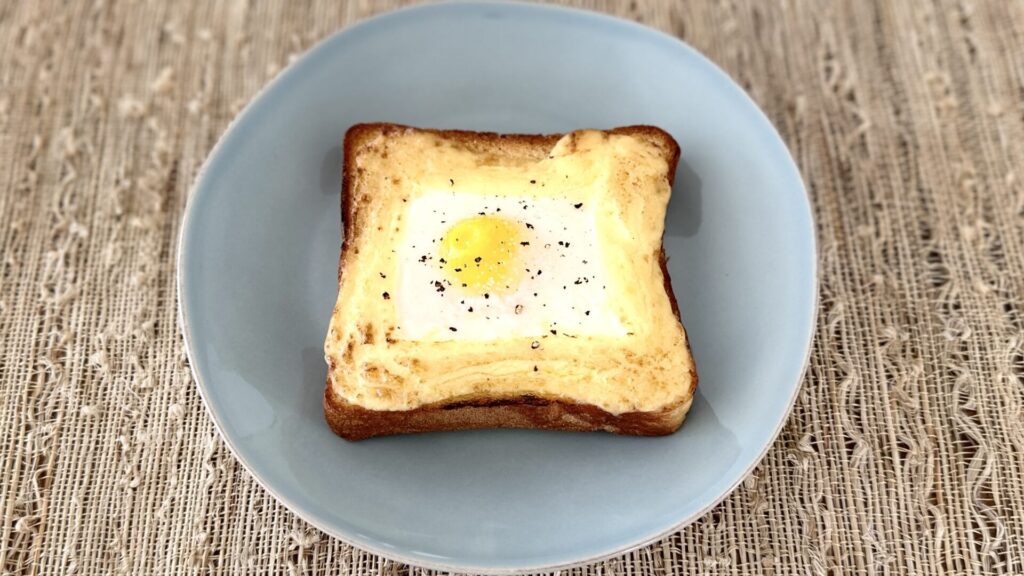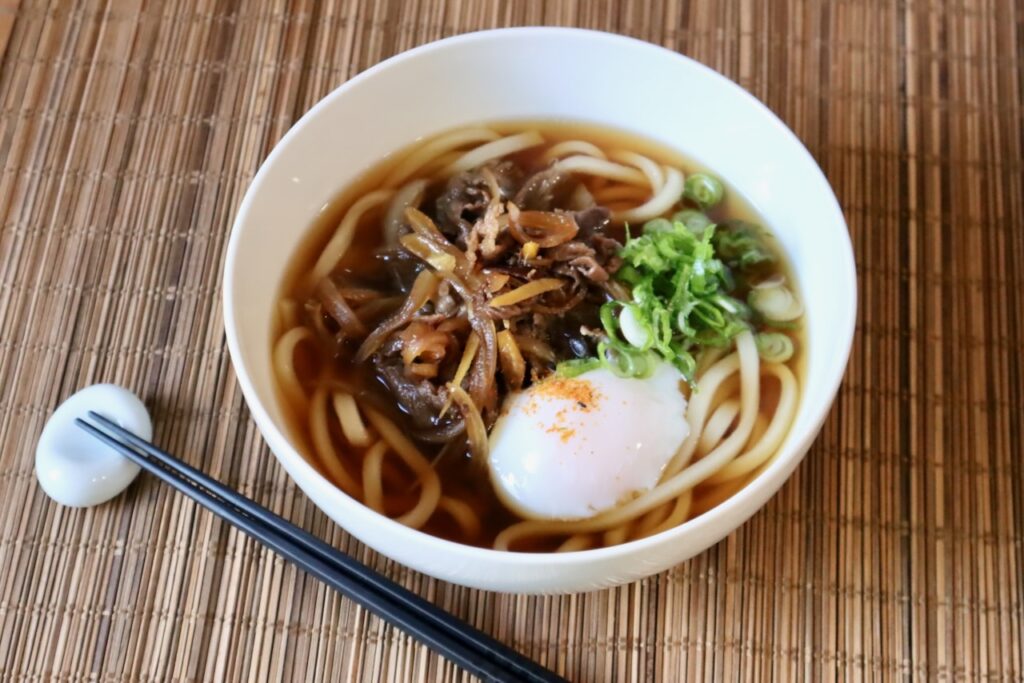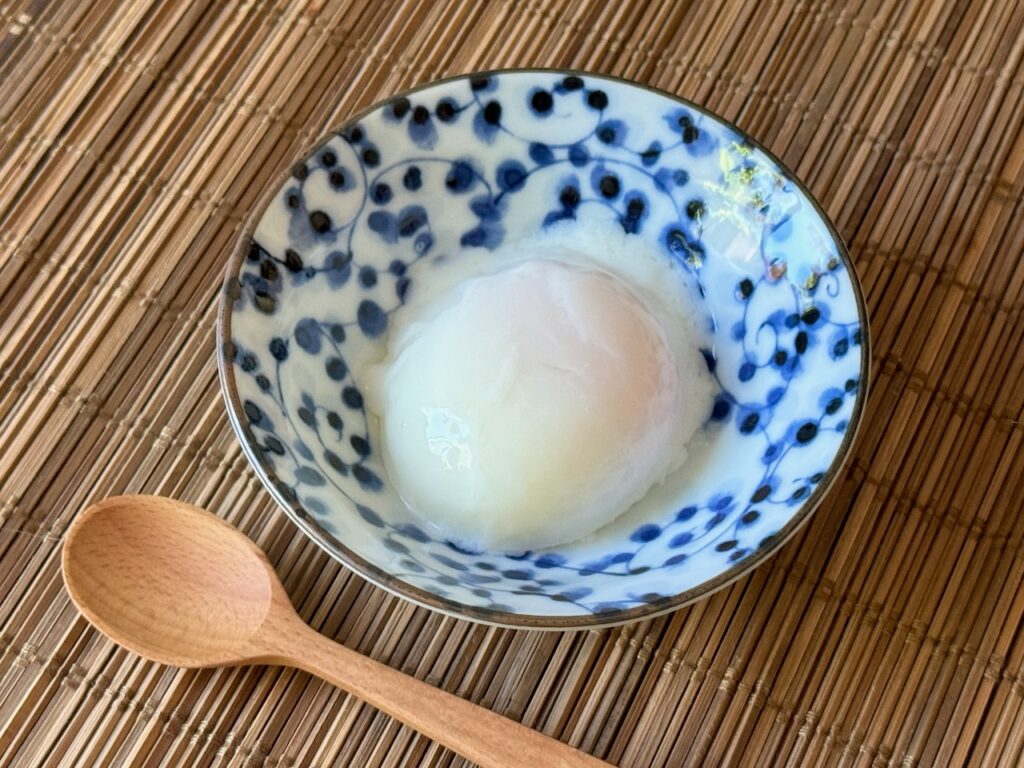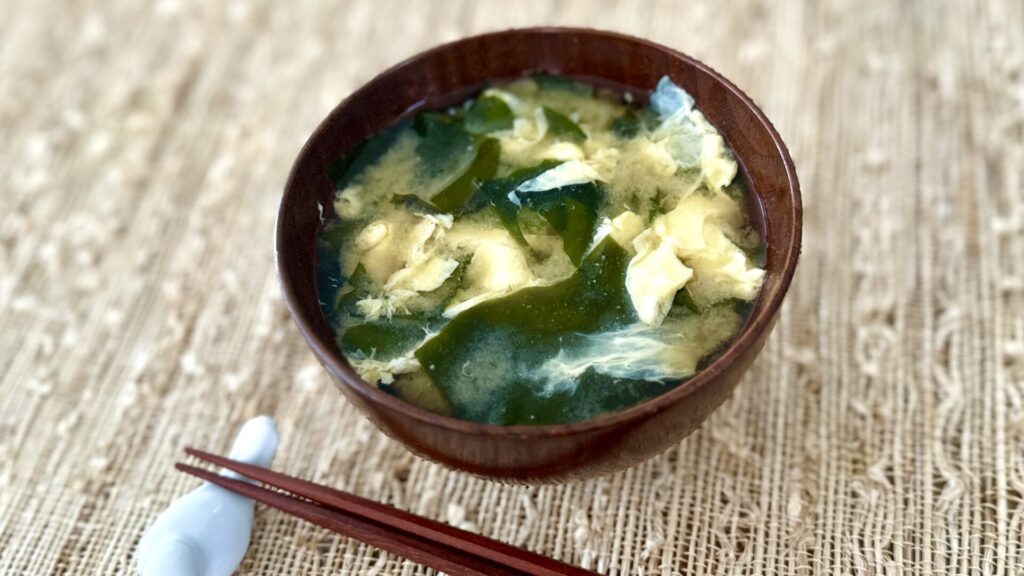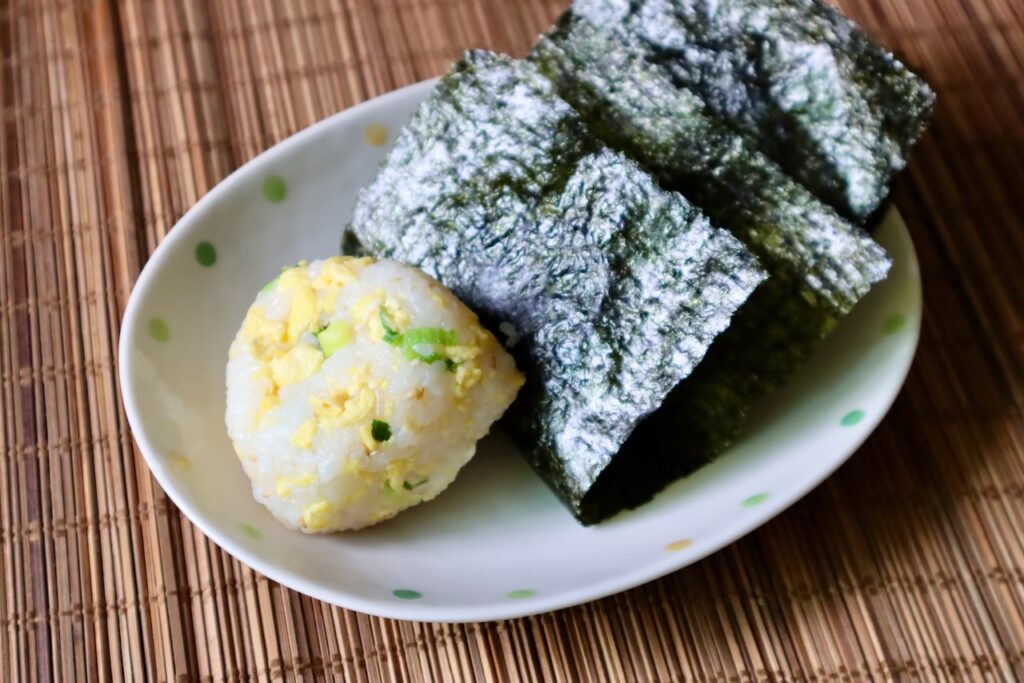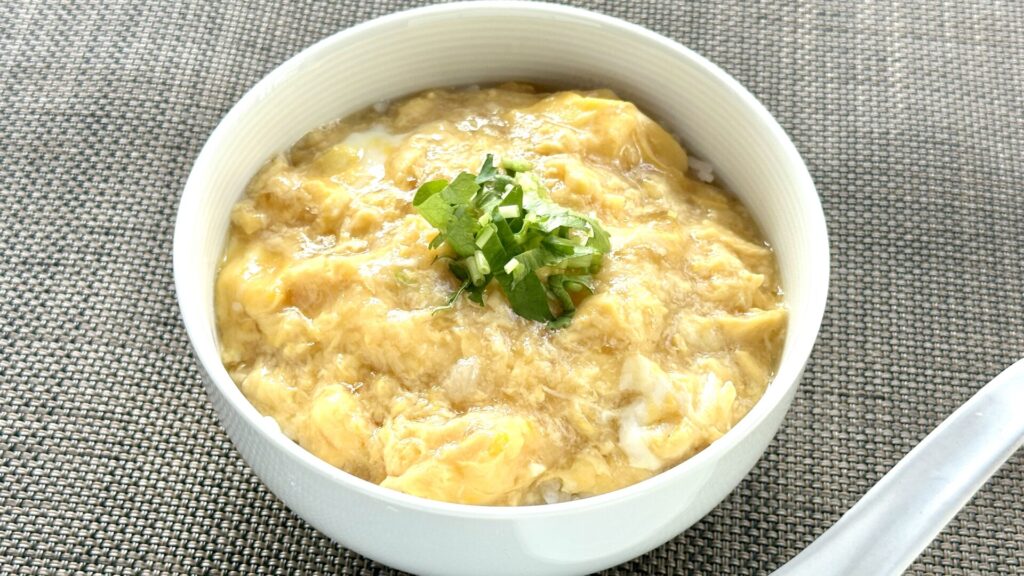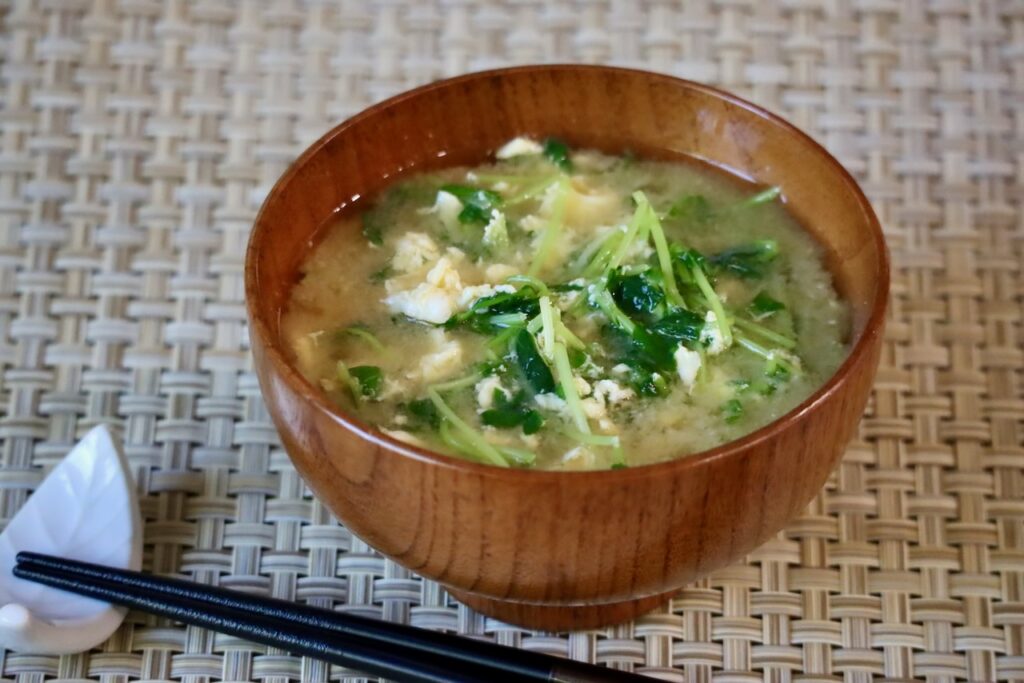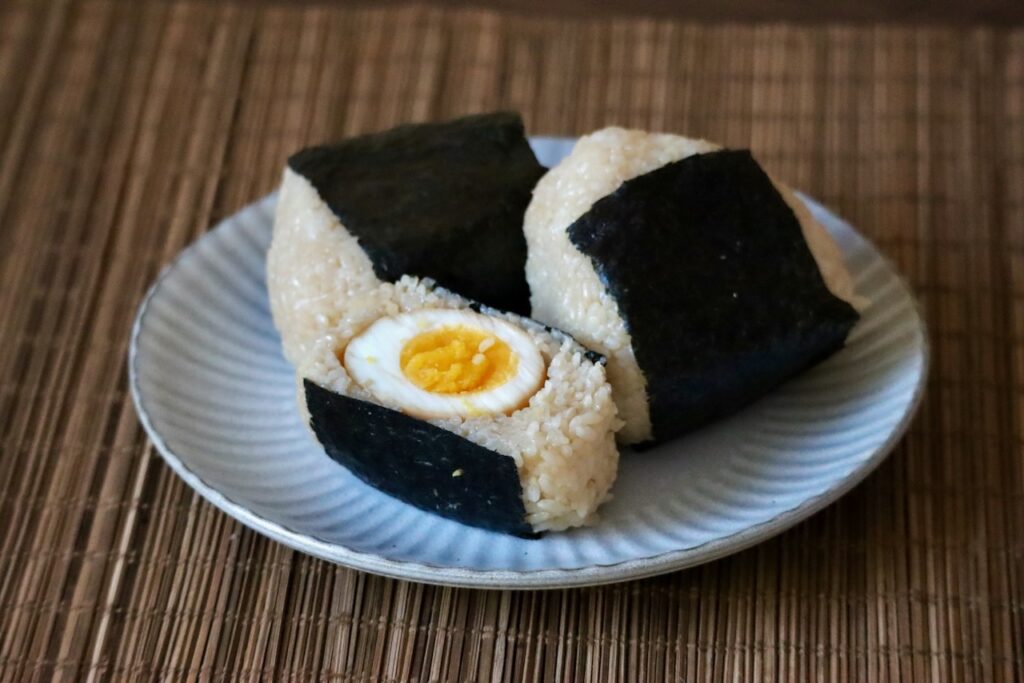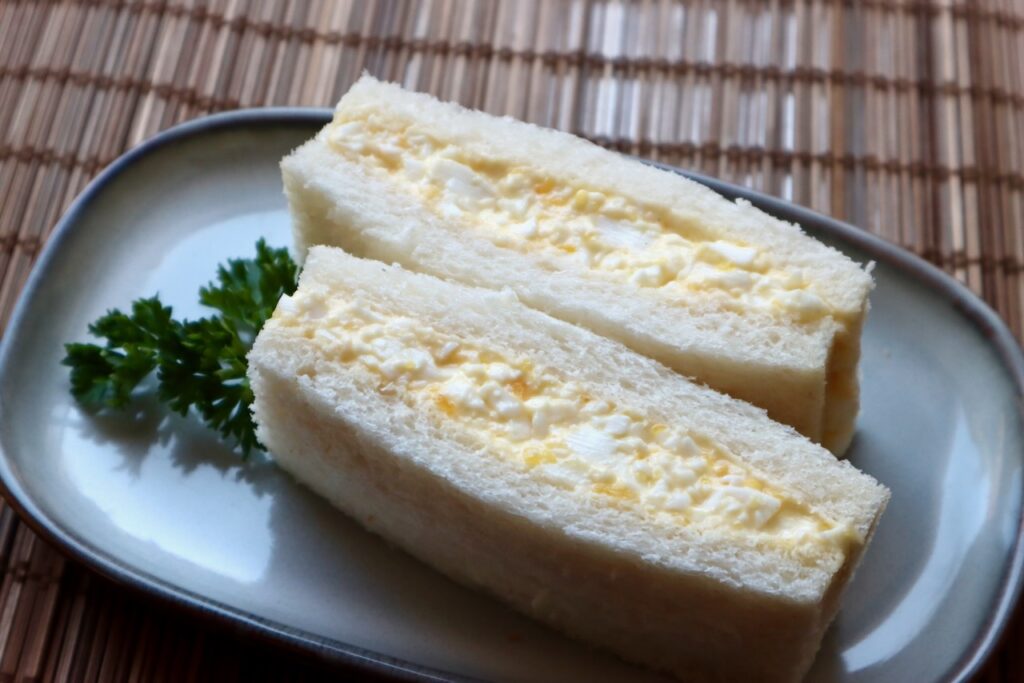Tamagotoji Udon is an udon noodle soup made with beaten eggs swirled into the flavorful dashi-based soup. It is so simple and quick to make in less than 15 minutes!
The soup is slightly thickened with the potato starch (or corn starch) which results in silky and smooth texture. Warm, hearty, and filling, it’s a perfect lunch to make for yourself on a chilly winter day.
Today I’ll show you how to make a super easy and tasty toast dish. This isn’t traditional Japanese food, and it’s a little on the junk food side, but it’s a popular breakfast or snack food in a pinch. First, squeeze Japanese mayo along a slice of Shokupan toast bread. Then, drop an egg in the center of the toast and bake it in a toaster oven. That’s it! While the egg is cooking on the toast, you can get ready for school or work. The whole process takes just 10 minutes. You think there’s too much mayo on the toast? Yes, it is! But that’s what makes this dish so delicious. If you’re young, healthy, and resilient, this is the great snack for you. However, if you’re aging and watching what you eat more carefully, like me, this is a dish to enjoy only occasionally as a special treat. I hope you enjoy this quick and tasty dish!
Niku Udon with Onsen Tamago is a hot Udon noodle soup topped with sweet and salty braised beef and Onsen Tamago (silky semi-cooked egg). The savory beef adds richness and depth to the rather simple Udon noodle soup, while the thick Onsen Tamago coats both the noodles and beef, bringing the flavors together well, similar to the experience of dipping Sukiyaki beef with eggs. This is a delicious dish to enjoy at restaurants and also a great meal to cook at home.
Onsen Tamago (温泉卵) is soft and silky semi-cooked eggs, and often used as a delightful topping for donburi rice bowl dishes, noodles, or simply eaten on its own with soy sauce or Mentsuyu. Typically, these eggs are made by gently heating them in warm water resembling hot springs. The eggs are placed in the water without cracking their shells and are slowly heated over time. The resulting eggs have tender whites and a gooey semi-cooked yolk. Today, onsen tamago enjoys popularity both in Japan and abroad.
Today’s miso soup features Wakame seaweed and eggs. This may be our easiest and quickest miso soup yet. Wakame doesn’t need to be rehydrated; it can be added directly to the Dashi, and it will soften in the soup. Eggs add good protein and substance to this miso soup, and they’ll be cooked in no time. This is a perfect miso soup for breakfast or a busy weeknight dinner. Hope you give it a try!
This Onigiri rice ball is made with steamed white rice mixed with scrambled eggs, chopped green onion, and sesame seeds. It is a simple dish you can make anytime, and it’s perfect for breakfast or lunch. Salt is the only seasoning used in this recipe, but you can also add a bit of soy sauce or mayonnaise in the mix to add more flavors if you like.
Rice Bowl with Egg and Silky Sauce (Tamago Ankake, 卵あんかけ丼)is a dish where a thickened, savory starchy sauce with egg is poured over rice. This mildly flavored, simple rice bowl dish is perfect for any time of day, but especially convenient during crunch time. It takes no more than 15 minutes from start to finish. If you prefer a hot meal for breakfast even when busy, instead of cold cereal, the Rice Bowl with Egg and Silky Sauce is an excellent choice. Also, the smooth sauce and rice are gentle on the stomach, making it suitable even when under the weather. It’s incredibly easy to make and wonderfully warm and delicious. I hope you give it a try!
Today’s miso soup is made with pea sprouts and eggs. Pea sprouts (豆苗) are often used for stir fried dishes in Asian cooking, but they are also great in soup. This healthy and nutritious soup takes little time to prepare, and it’s perfect for breakfast.
Instant dashi packet is used in this recipe, but you can certainly use any types of dashi. Please check Back to Basics: How to Make Dashi to learn more about different types of dashi.
Ajitama Onigiri (味玉おにぎり) is a Japanese rice ball with a marinated boiled egg (Ajitama) inside. Ajitama is often called Ramen Egg because it is a common and popular topping for ramen noodle soup. Eggs are marinated in salty and sweet soy sauce based sauce, and they taste great with rice, too. We use the same sauce to season steamed rice for making Onigiri.
Tamago Sando (卵サンド) is a Japanese version of an egg salad sandwich. Finely chopped hard boiled eggs are mixed with tangy Japanese mayonnaise and sandwiched with fluffy white Shokupan Bread. Tamago Sando has always been a popular kind of sandwich in Japan as long as we can remember, but in the more recent craze, it’s surfaced on social media often and gets a lot of attention for the strikingly scrumptious look of the rich overstuffed sandwich. Tamago Sando is so easily made by anybody with or without cooking skills, so you can actually make and eat the delicious dish at home rather than looking at pictures.
